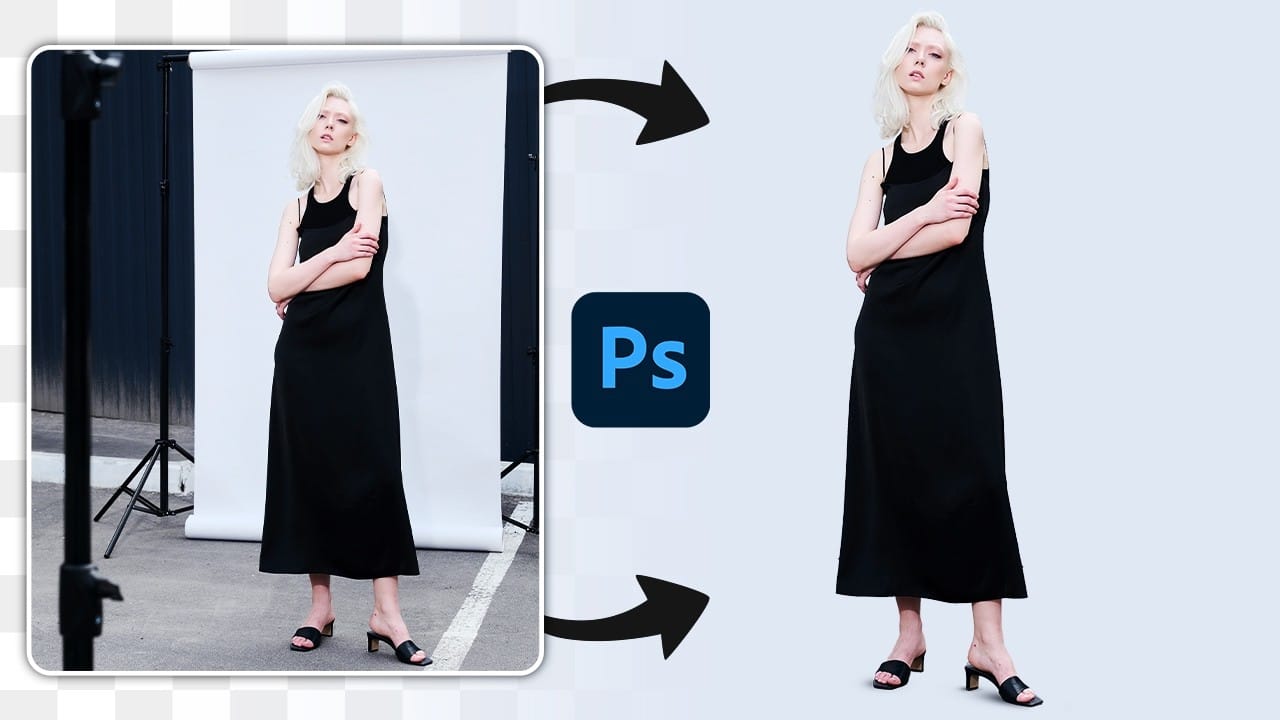When working with smaller backgrounds, especially on location, it can be challenging to achieve a professional studio look. Fortunately, Photoshop offers simple techniques to transform your images effectively.
While generative fill may seem like an easy option, it often leads to unexpected results, such as distorted limbs or mismatched backgrounds. Instead, a manual approach can yield better outcomes.Start by selecting your subject and creating a new color fill layer that matches the original backdrop. This process involves sampling the background color and applying it to the fill layer.
Next, shadows are essential to ground your subject in the scene. By using a brush tool, you can create realistic shadows beneath the subject's feet, ensuring they appear naturally placed within the environment. Adjusting these shadows is straightforward. You can manipulate their shape and intensity to match the lighting in your photo.
This method not only enhances the overall look but also provides a seamless integration of your subject into the background. With these steps, you can achieve a polished result that mimics a full-sized studio setup.













